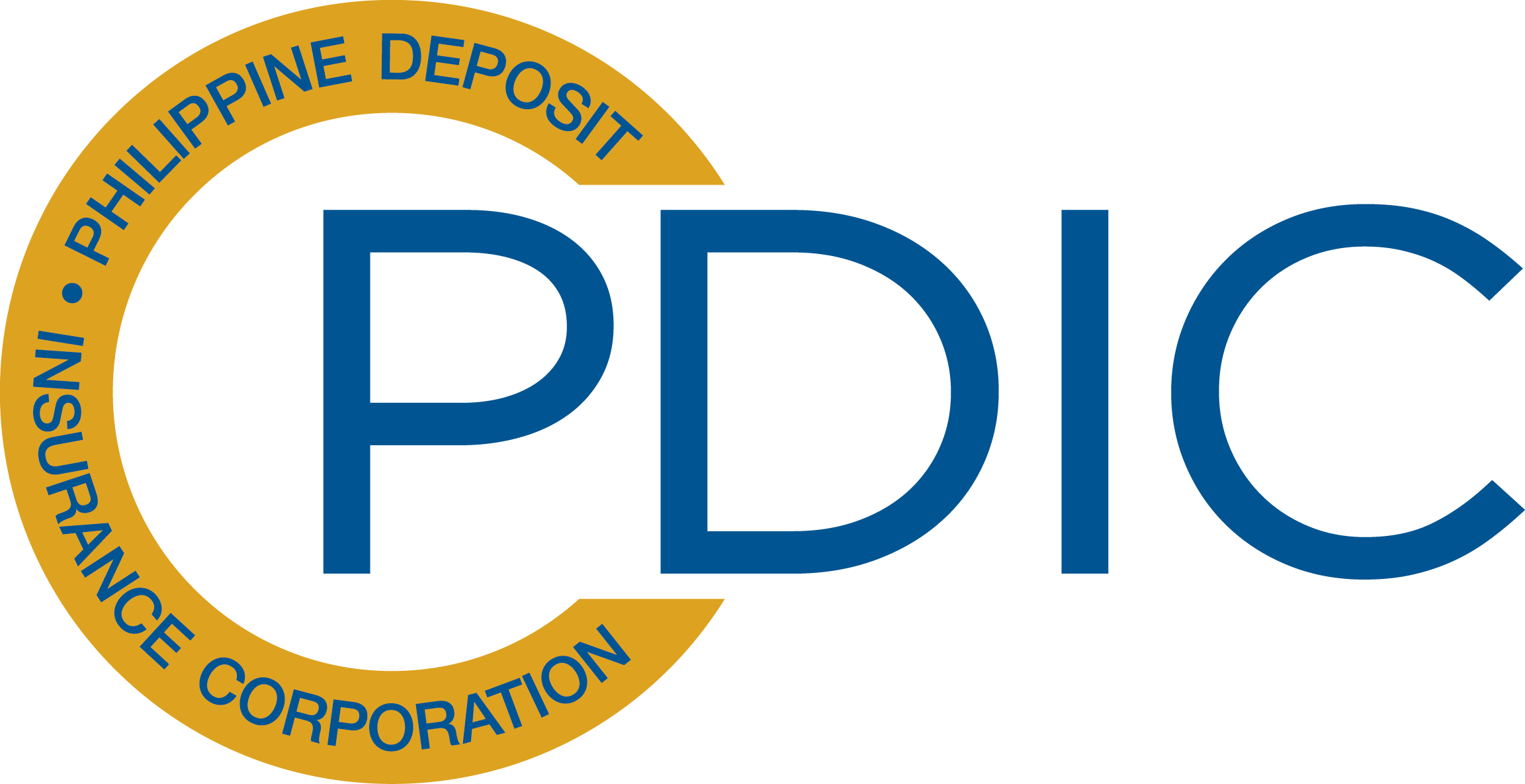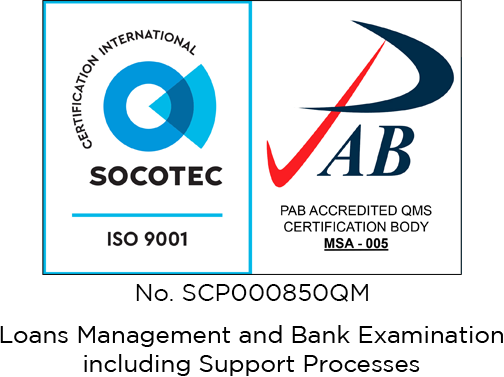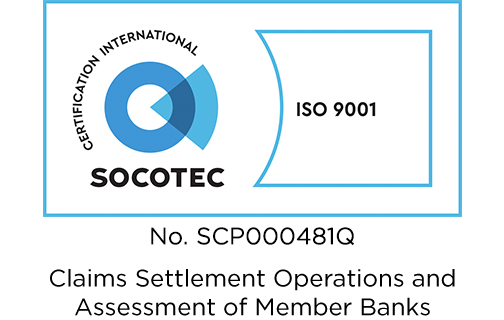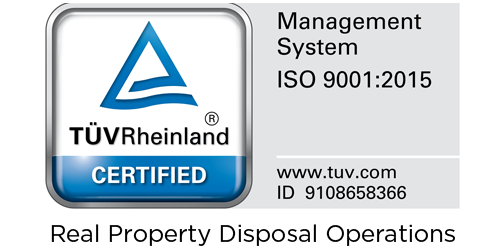| ARCHIVE |
The need for strong financial regulatory foundations in Asean Economic Integration* |

NEXT year will mark a significant step forward in the framework for the economic integration of the 10 Asean member-countries. There are several economic benefits that come with economic integration and we have started to see this in the rise in the level of trade of goods and services among the Asean countries. Free trade within a region of counties and a uniform tariff policy vis-á-vis the rest of the world presents opportunities for economies of scale for both our resource and consumer markets. Given the 600 million population base of the Asean region, its dynamism and diverse resources, it is expected that more investments will locate in the region to capitalize on the opportunities presented by the process of regional economic integration. However, the process of economic integration can be quite complex and fraught with many challenges. One need not look hard for examples of how problems of economic integration can occur. Some lessons from the European Union The most well advanced and well-known example of economic integration of countries is the European Union (EU) where it has reached the stage of having a common currency, the euro, for the majority of its members. They also have a European central bank and a European Investment Bank. As a matter of fact, it has even achieved some semblance of political integration with the existence of a European Parliament. However, the recent crises presented by the economic problems of Greece and the other so-called PIIGS countries indicate how serious problems can crop up when countries’ economic performances move in disparate ways. The key variables to watch are fiscal performance, the status of the banking system, the balance of payments and the unemployment rate. These variables move interactively and the performance of one directly affects the others. The case of Greece is the most succinct and serious example of how chronic and substantial fiscal deficits can cause a crisis in a regional economic integration framework. Greece was simply spending more than it earned and borrowing to finance the deficits until it reached a point that it could not borrow any longer in the normal credit markets. It was at the brink of default and being kicked out of the EU and it took a very hard political process and painful economic measures to avert this. The case of Spain was not as serious but it was a much bigger economy. The fiscal concerns of Spain were notably aggravated by concerns in the banking system. The drop in property prices in Spain hit the capital of its banks and the Spanish government had to bail them out. Spain had to borrow this money and it caused increases in its borrowing costs to what was feared were unsustainable levels of interest rates. It is also a good thing that this concern simmered down due to the measures taken by Spain and the EU and the European Central Bank (ECB). The problem of Ireland was essentially a problem of its banks being recapitalized by the Irish government. This resulted in the state needing to borrow to fund the requirements of its banks to the extent that it adversely affected its sovereign borrowing capability. The need for alignment of the regulatory and open market operation powers of the Central Bank The opportunities afforded by Asean integration must be matched by having strong foundations of our economic institutions in both the private and government sectors. In the case of the financial sector, the Central Bank needs to align its charter to the challenges of cross border issues and systemic risks that may come from within or without the Asean region. Among the issues to be considered are: competition from financial institutions of the Asean, the expected increase in the flow of investments into and within Asean and the “know your customer” requirements that this entails and the need for more tools to deal with inflationary and deflationary forces that may originate from within Asean or imported into Asean. Proposed amendments to the Central Bank Charter is now in the legislative process in Congress that should strengthen the foundations for the global competitiveness and capabilities of our financial system in Asean and globally. Among the amendments being proposed are the increase in capitalization to 200 billion pesos, the power to issue debt instruments and organizational strengthening. ____________________________ * Written by PDIC President Valentin A. Araneta for Free Enterprise and published in the Business Mirror on March 5, 2014. Mr. Araneta writes for the Free Enterprise column as a member and officer of the Financial Executives of the Philippines (Finex). Requests for his past articles may be coursed through ccd@pdic.gov.ph. |
back |
This website uses information-gathering tools including cookies and other similar technology. Data generated are not shared with any other party. For more information, please refer to our privacy policy.
 PDIC is a government instrumentality created in 1963
PDIC is a government instrumentality created in 1963by virtue of Republic Act 3591, as amended, to insure
the deposits of all banks. PDIC exists to protect
depositors by providing deposit insurance coverage for the depositing public and help promote financial stability. PDIC is an attached agency of the Bangko Sentral ng Pilipinas.

Questions? Need Help?
Click Frequently Asked Questions
Trunkline.: (632) 8841-4000
Hotline: (632) 8841-4141
(for Metro Manila clients)
Fax No.: (632) 8841-4085
Email: pad@pdic.gov.ph
Client outside Metro Manila may call
Toll Free: 1-800-1-888-7342 or
1-800-1-888-PDIC

.png?Tuesday; April 23, 2024)

Hotline: (632) 8841-4141
(for Metro Manila clients)
Fax No.: (632) 8841-4085
Email: pad@pdic.gov.ph
Client outside Metro Manila may call
Toll Free: 1-800-1-888-7342 or
1-800-1-888-PDIC

.jpeg)
.png)


